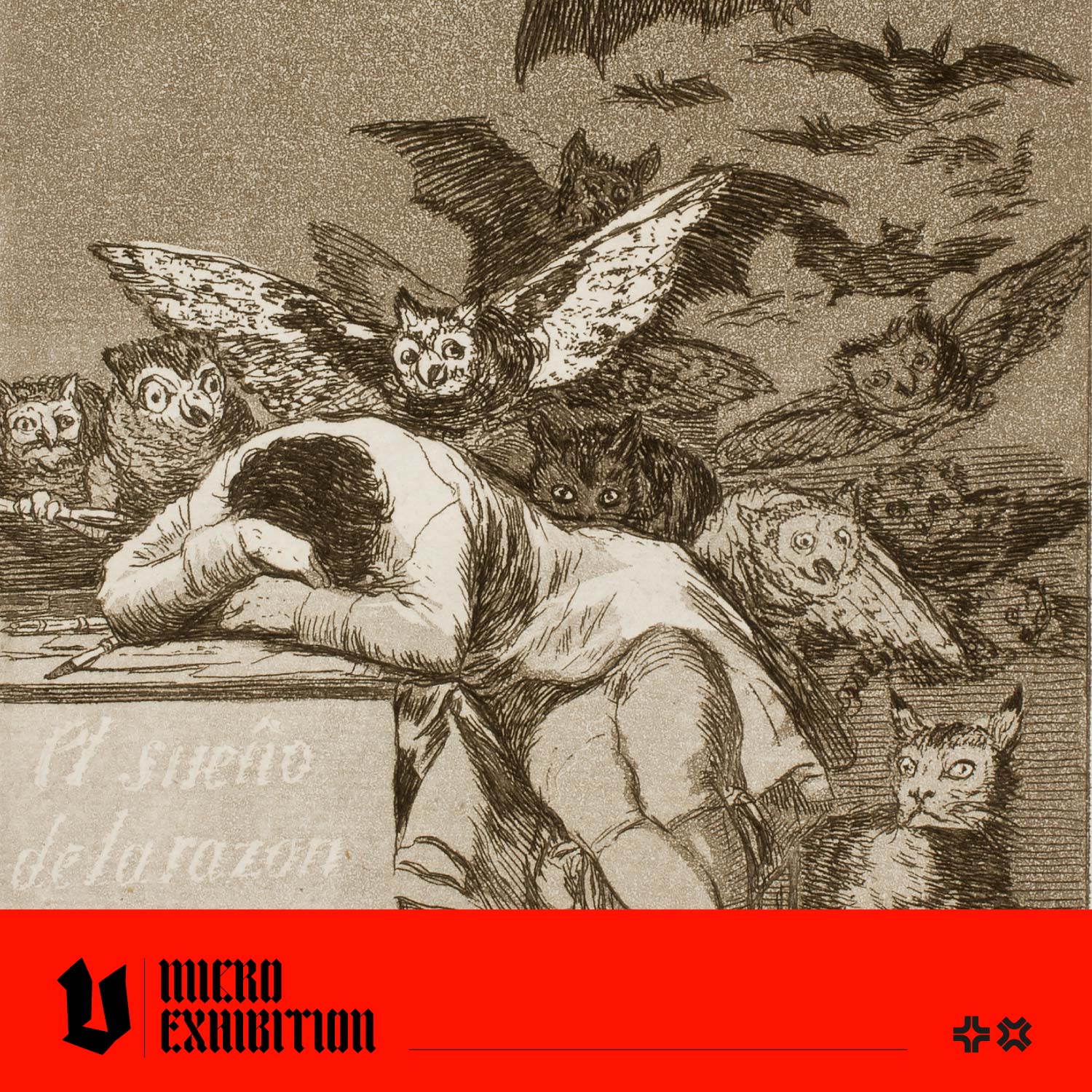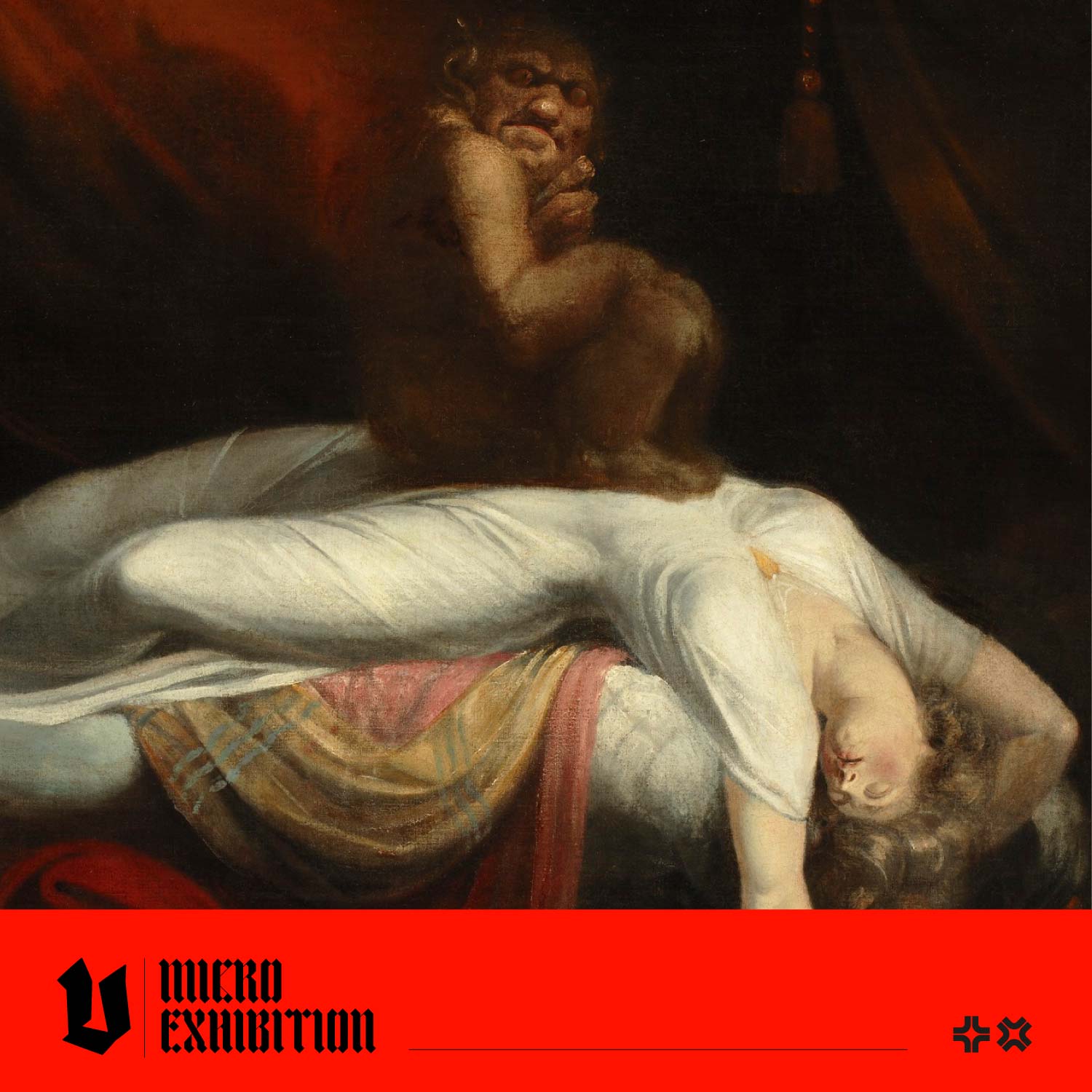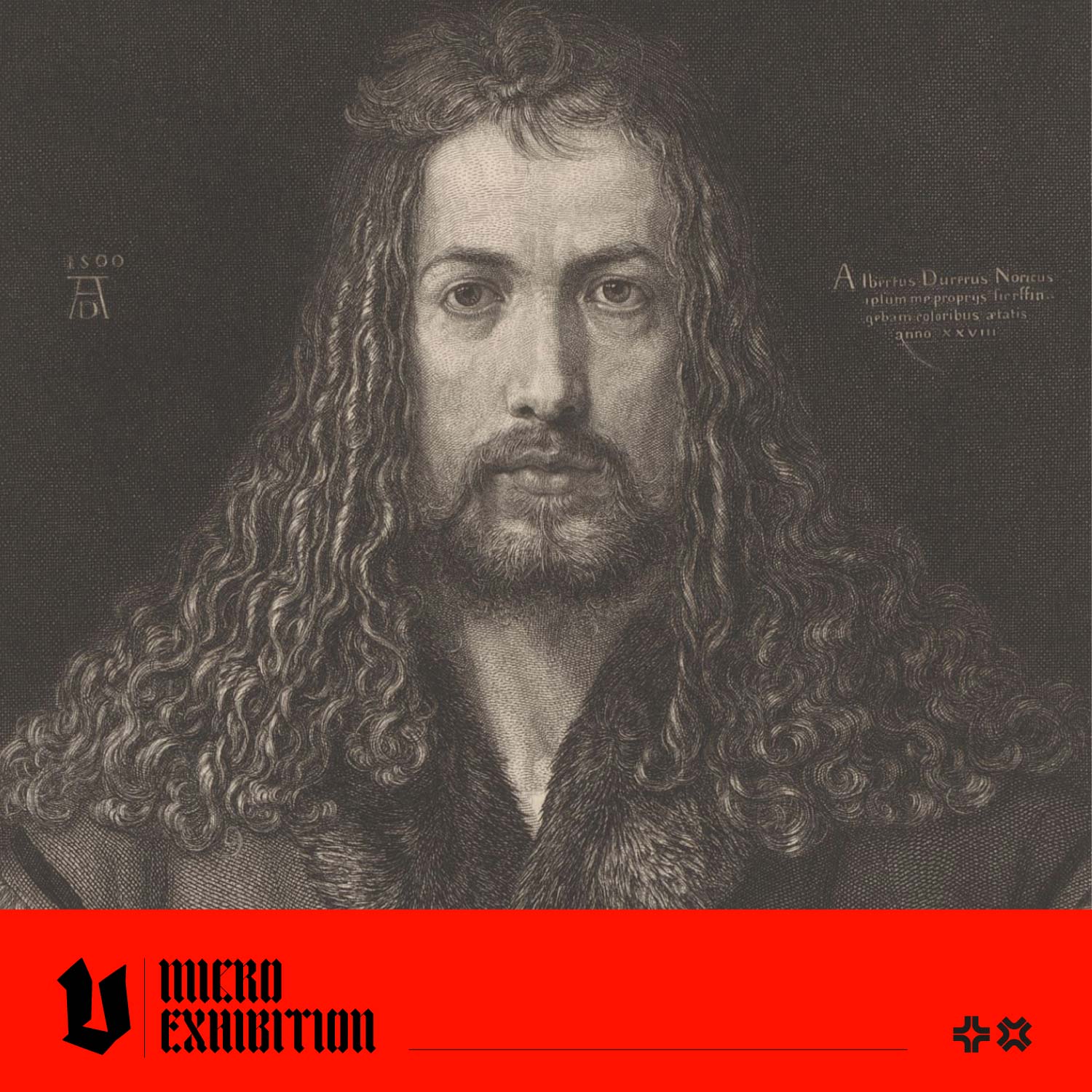Francisco Goya, one of Spain’s most influential artists, is often celebrated for his remarkable versatility and profound impact on the world of art. From the elegant portraits of the Spanish royal family to the haunting and introspective works of his later years, Goya's artistic journey reflects a dramatic evolution that mirrors the turbulent times in which he lived. In this post, we explore the transformation of Goya from a revered court painter to a master of dark, evocative art, delving into the key moments and works that defined his extraordinary career. Let's go!
Goya's Early Life and Rise as a Court Painter:
Francisco Goya was born in Fuendetodos in Aragon, northeastern Spain, in 1746. He studied painting from the age of 14. Goya became a court painter for the Spanish royal family in 1786. In 1799, he was appointed Primer Pintor de Cámara (Prime Court Painter), the highest-ranking painter at the Spanish court.

Charles IV of Spain and His Family
The painting The Family of Charles IV (1800-1801) is an excellent example of Goya's artistic mastery. In this enormous painting (280 cm × 336 cm), a group of Spanish royals cluster around the central figures of Queen Maria Luisa of Parma and King Charles IV. Their heir, Ferdinand VII, stands on the left of the image, wearing blue. Goya carefully depicts each person to emphasise their distinct identity, from their ornate, fashionable clothes and dazzling jewels to their decorations and honours.
This painting has critics divided trying to understand Goya's intentions. It is a very naturalistic painting, which has caused some to wonder if this painting was an act of satire; the flashy finery of their clothes coupled with expressions critics have called "inane" and full of "stupidity, pomposity and vulgarity". Some see the positioning of Queen Maria Luisa in the middle of the composition as an indication that she, not the king, held the real power.
However, others believe Goya would not have endangered his favourable position as a court painter, and this placement reflects her position at the heart of the family as a wife and mother. Physical descriptions of the Queen at the time indicate that Goya's painting actually flattered her features. Some scholars believe the royal family approved of this painting and saw it as a confirmation of the strength of the monarchy during a politically turbulent period; but what's your perspective?
How Goya's Experiences of Illness and War Impacted His Art:
Goya suffered from two bouts of severe sickness in his life; an unknown illness almost killed him in 1792 and caused him to become permanently deaf. His second serious illness occurred in 1819. After these episodes, Goya suffered from mental health difficulties, including depression, hallucinations and delirium.
'Los Caprichos' (The Caprices) (1799) are a set of 80 aquatints and etchings that describe the human flaws of "... vanity, greed, superstition, promiscuity and delusion". These plates were highly critical of clerical and aristocratic figures and were almost immediately withdrawn from sale as Goya did not want to anger the Inquisition. These subversive, sometimes, sinister images were very different from his previous work. Alain Dervaux, writing in their article, 'Depression in the life and work of Goya (1746-1828)' says, "Many biographers have suggested that the agonies of his illness, his proximity to death, and his loss of hearing made Goya more sensitive to the cruelty of the world and the vanity of existence."

A plate from Los Caprichos, No. 43, The Sleep of Reason Produces Monsters
The Peninsular War (1807–1814) was a military conflict in the Iberian Peninsula, where Portugal, Spain, and the United Kingdom joined forces to resist and fight against the invading and occupying army of the First French Empire, led by Napoleon Bonaparte, who forced King Charles IV and his son Ferdinand VII to abdicate. Goya, deeply affected by the war, began to depict these horrors in the series, 'Los Desastres de la Guerra' (The Disasters of War), a series of 82 prints depicting the tragedies of war and occupation on individual civilians. This series criticised the French monarchy and described the horrifying conditions imposed on the Spanish people by the invading army. Goya was still painting at the now-French royal court, so he kept his opinions to himself, and this series was published 35 years after Goya's death.

Plate 60: No hay quien los socorra (There is no one to help them). On a hillside, three women lie dead and a lone figure weeps in mournful grief. From Los Desastres de la Guerra.
The Spanish monarch, Ferdinand VII, was restored to the throne in 1814, and Goya continued to paint for the royal court. His portraits were masterfully executed, but Goya imbued his paintings with the real personalities of his subjects to give them a lifelike quality. Madrid's Museum Del Prado describes his painting of Ferdinand VII. "Goya made this portrait in presence of the King, himself, as the facial expression and distrustful gaze —despite the vacuous smile on his lips— are rendered with admirable mastery worthy of a portrait made before a live model."

Portrait of Ferdinand VII of Spain in his robes of state (1815)
In 1814, Goya created one of his most famous works, 'The Third of May 1808'. This powerful image depicts the execution of Spanish resistance fighters by French soldiers. It is known for its dramatic use of light and emotion, capturing the brutality of the event. It is a companion piece to 'The Second of May 1808 (The Charge of the Mamelukes)' (1814), which depicts the people of Madrid fighting back against the invading army.

The Third of May 1808
Goya's Late Career: The Era of the 'Black Paintings':
Following a second severe illness in 1819, Goya bought a villa near Madrid and decorated it with what is known as his 14 'Black Paintings'. These paintings were not intended for public viewing and were drawn directly onto the walls of Goya's villa between 1819 and 1923. One of the most famous works is known as 'Saturn Devouring His Son', a name given by art historians to a piece which depicts the Roman god Saturn eating his child. We don't know what Goya intended to convey with this, but in Roman mythology, Saturn, who was the god of time, among other things, ate his children to prevent them from overthrowing him. Could this painting be a commentary on the passage of time? Or an expression of the wrath of a god? What do you think?

Saturn Devouring His Son
Another of the 'Black Paintings' is 'A Pilgrimage to San Isidro'. It depicts a nocturnal scene filled with figures who appear to be intoxicated, their faces distorted as they sing to a tune played on a guitar with no strings. The painting includes characters from various social classes; in the foreground, we see ordinary people, while further back, figures wearing top hats and nuns' habits are visible. Their faces merge to create an ominous, anonymous mob. This painting is in stark contrast to Goya's depiction of the same scene approximately thirty years prior in his work, 'The Meadow of San Isidro' (1788), a painting full of light and colour.

A Pilgrimage to San Isidro
The Meadow of San Isidro
How Goya's Artistic Legacy Continues to Inspire:
Goya's art provided a unique perspective on life in Spain during a time of enormous social and political upheaval. His legacy has inspired artists from various disciplines and eras, and his influence will undoubtedly continue long into the future. Goya spent his final years in voluntary exile in Bordeaux, France, where he continued to paint, draw and produce lithographs. He died aged 82 on April 16th, 1828, after an illness.
Further Reading:
We hope you enjoyed this introduction to the life and work of Francisco Goya; here are some of the articles we read while preparing this article.
Goya at Museum Boijmans Van Beuningen
Felisati, D., & Sperati, G. (2010). Francisco Goya and his illness. Acta Otorhinolaryngologica Italica, 30(5), 264-270.
Olszewski, Edward J. "Exorcising Goya's 'The Family of Charles IV.'" Artibus et Historiae 20, no. 40 (1999): 169–85.
Could neurological illness have influenced Goya's pictorial style? C. Guijarro-Castro (2012)
Depression in the life and work of Goya (1746-1828) By Alain Dervaux




